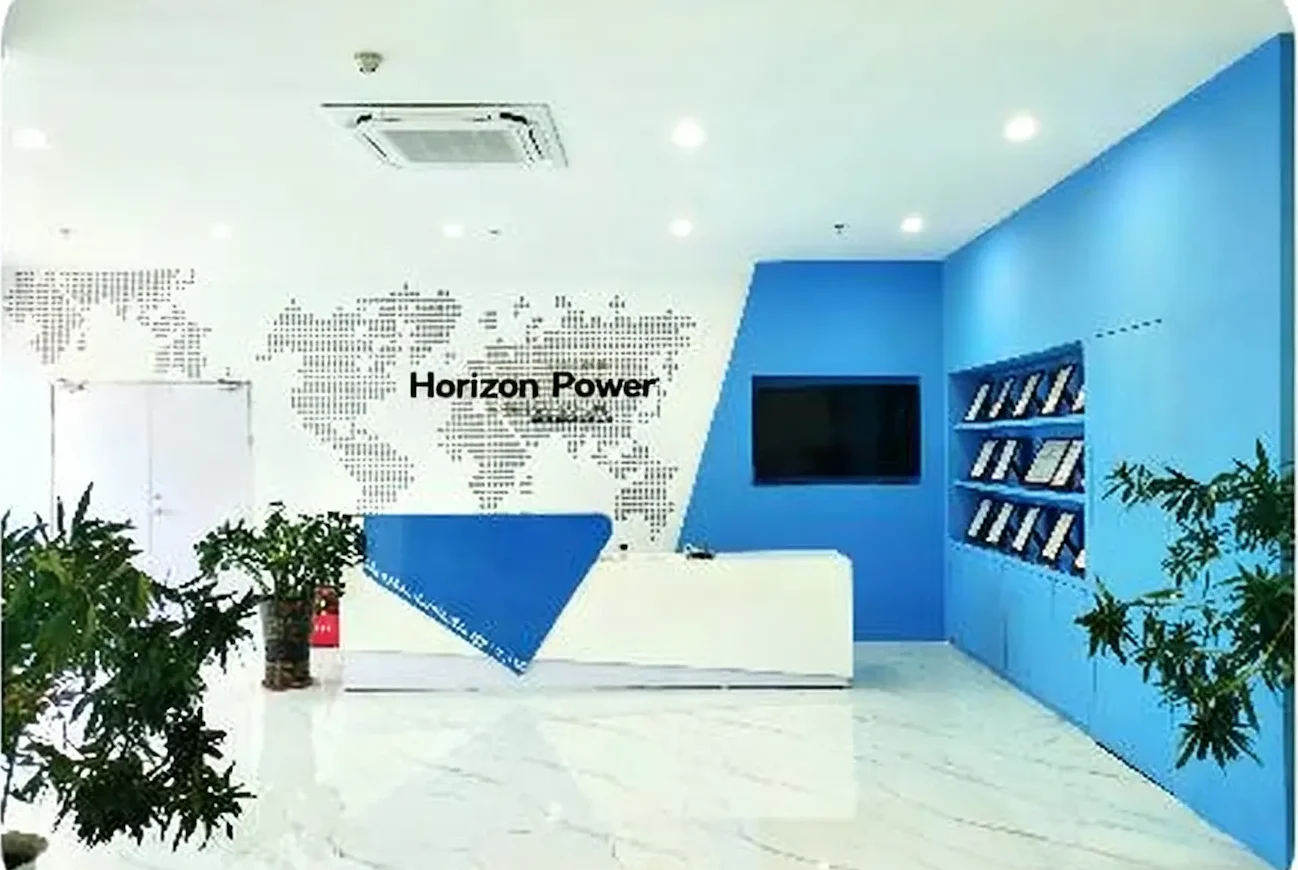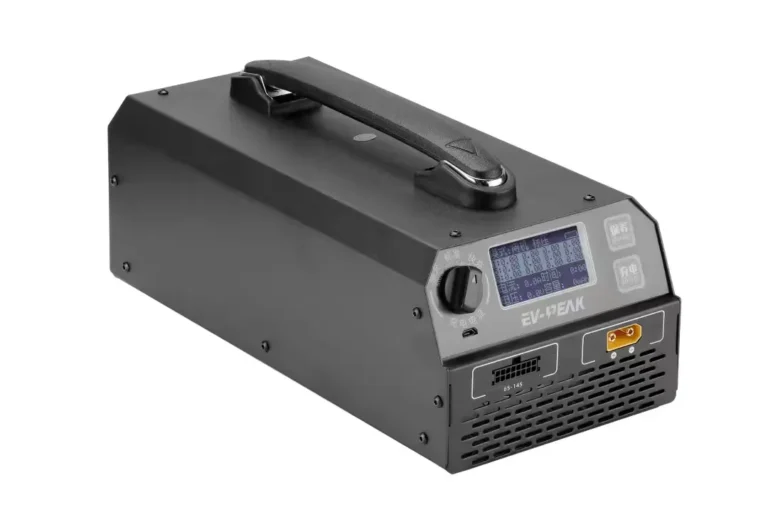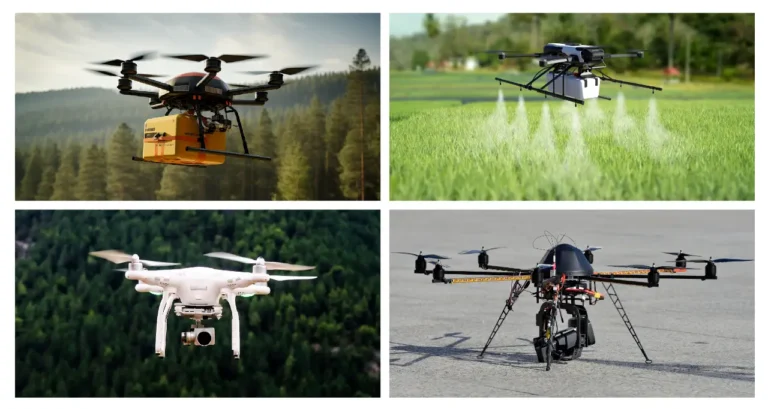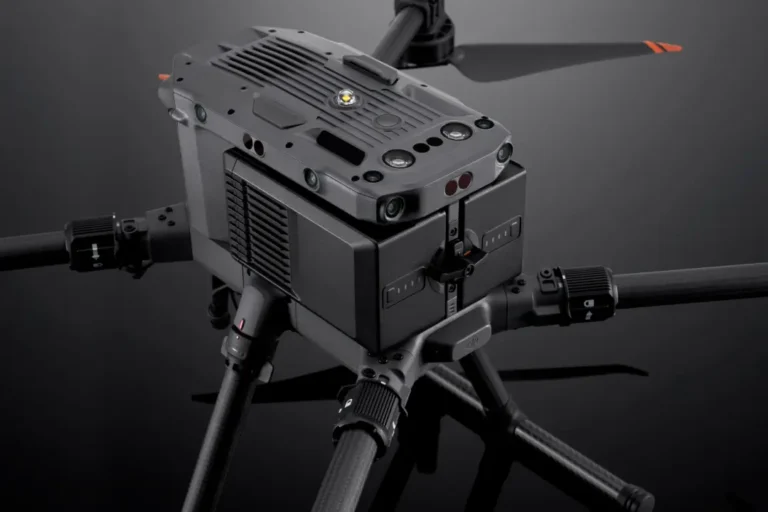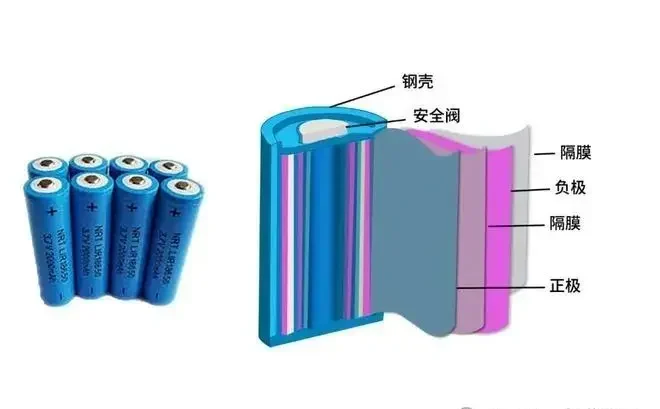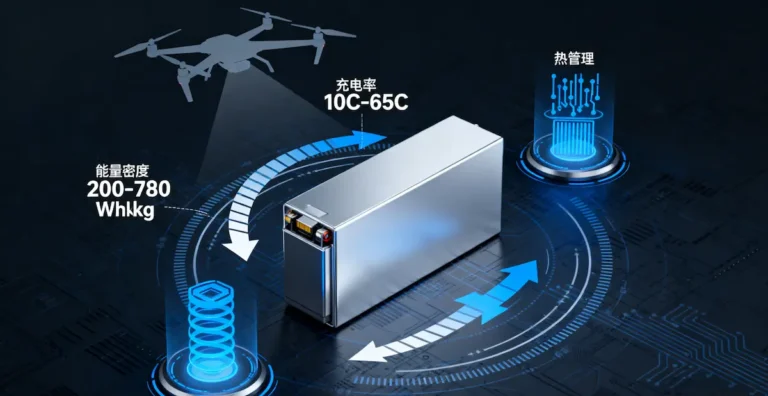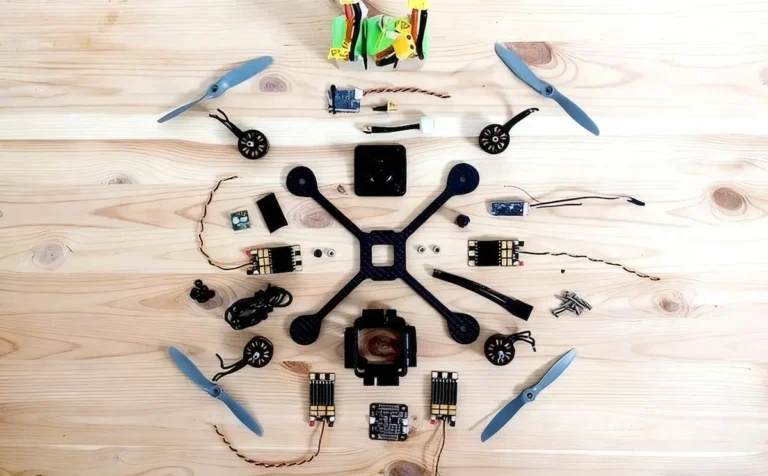2025 Custom Drone Battery Guide
Customized Drone Battery require more than just capacity and voltage considerations. They demand a comprehensive approach that integrates battery chemistry, BMS intelligent management, and the unique demands of specific application scenarios.
As lithium battery engineers, we understand that drone batteries serve as the “heart” of the aircraft, with their performance directly impacting flight safety and mission effectiveness. With the widespread adoption of drones in aerial photography, agricultural pest control, power line inspections, and other fields, customized drone battery solutions have become an essential industry requirement.
Selecting the appropriate drone battery requires adherence to the principles of “safety first, performance matching, and longevity priority.” From chemical system selection to intelligent management systems, and from daily maintenance to end-of-life disposal, each step demands professional consideration.
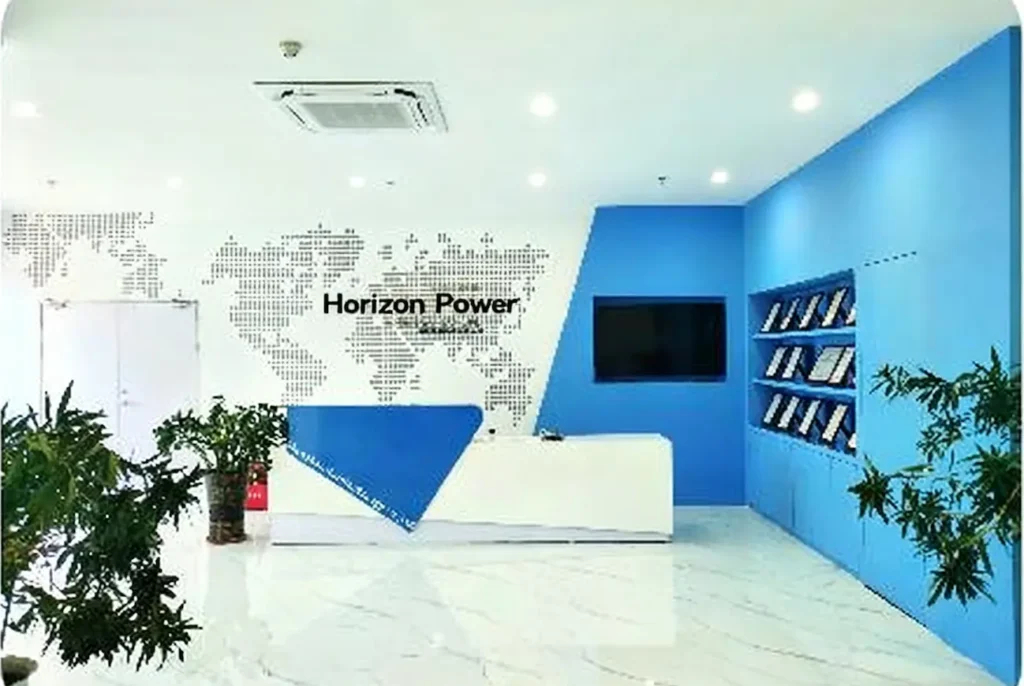
I. Battery Chemistry Selection: Balancing Energy Density and Safety
Selecting the battery chemistry for drones is a critical decision point. Current mainstream options include ternary lithium batteries and lithium iron phosphate batteries, each suited for specific applications.
Ternary lithium batteries (NMC) offer higher energy density (typically 200-300 Wh/kg), making them suitable for applications requiring extended flight times and high power output, such as aerial photography and surveying. However, their thermal stability is relatively low, necessitating more complex thermal management systems.
Lithium iron phosphate batteries (LFP), while offering lower energy density, exhibit superior thermal stability and safety, making them more suitable for high-temperature environments or missions with stringent safety requirements. Their cycle life is also typically over 30% longer than ternary lithium batteries.
Emerging silicon-carbon anode battery technology achieves energy densities up to 450 Wh/kg, providing up to 80% more energy storage than traditional graphite anode batteries. This delivers revolutionary performance enhancements for drone systems.
II. Intelligent Battery Management System: The Core Safeguard for Flight Safety
The Battery Management System (BMS) serves as the “intelligent brain” of drone batteries, playing a decisive role in safety and longevity. An exceptional BMS should feature the following capabilities:
Multi-layered Protection Mechanisms: Integrates six major safeguards—overcharge, over-discharge, overcurrent, high temperature, low temperature, and short circuit—to monitor battery parameters in real time and immediately activate protective measures upon detecting anomalies.
Active Balancing Technology: Ensures voltage equilibrium among cells, extends overall battery pack lifespan, and supports 30-minute rapid recharging.
Status Monitoring and Early Warning: Precisely tracks charge levels, issuing alerts when capacity drops below preset thresholds to provide operators with ample reaction time.
Thermal Management: Effectively dissipates heat in high-temperature environments to maintain stable internal chemical reactions; employs specialized cell designs to preserve discharge efficiency in low-temperature conditions.
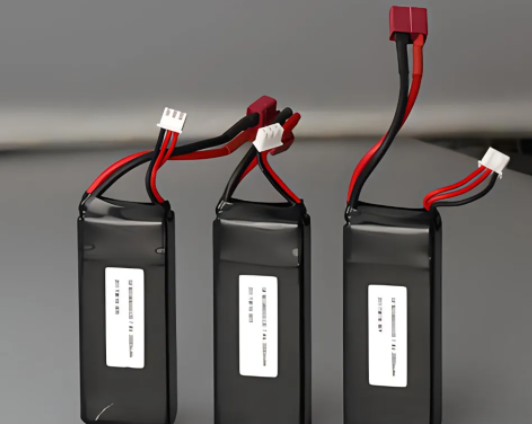
III. Daily Use and Maintenance: Key Practices for Extending Battery Life
Proper usage and maintenance habits can significantly extend battery lifespan:
Charging Practices: Use a dedicated charger to avoid overcharging or over-discharging. Employ an adaptive temperature-controlled charging algorithm that provides low-temperature heating and dynamically adjusts charging current.
Storage Conditions: Unused batteries should be stored in a dry, well-ventilated, and shaded environment, away from fire sources and high temperatures. For long-term storage, maintain a 50%-60% charge level and periodically recharge.
Pre-Flight Inspection: Before each flight, inspect the battery for damage, ensure it is fully charged, and verify good contact. Pay special attention to whether the connecting wires show signs of wear or breakage.
Temperature Management: Avoid using batteries in extreme temperatures. In high temperatures, ensure effective heat dissipation; in low temperatures, rely on specialized cell designs to maintain discharge efficiency.
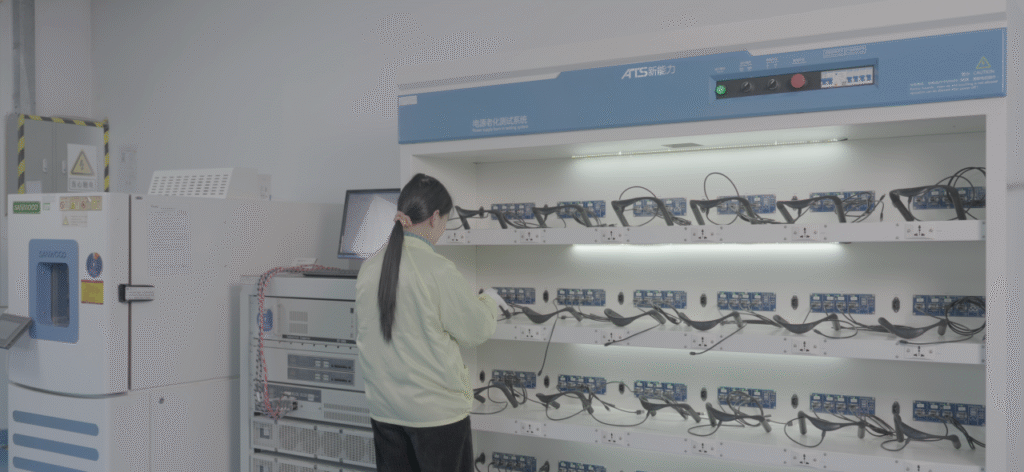
IV. Customized Considerations for UAV Batteries: Tailored to Professional Applications
Different UAV application scenarios impose specific battery requirements:
Agricultural Plant Protection: Requires high-capacity batteries to support extended operations, coupled with excellent temperature adaptability for outdoor environments.
Power Line Inspection: Demands exceptionally high battery safety and reliability to ensure stable performance in complex conditions.
Emergency Rescue: Demands excellent high/low-temperature adaptability to maintain performance in challenging environments like mountainous rescue operations.
Logistics Delivery: Must sustain stable performance even under frequent charge/discharge cycles and complex transportation conditions.
To address these specialized needs, customized battery solutions optimize cell selection, BMS management strategies, thermal management structures, and packaging processes.
V. Technological Trends: Innovations in Next-Generation UAV Batteries
UAV battery technology is advancing rapidly, with several key trends emerging:
Semi-solid-state battery technology: Achieving energy densities up to 360 Wh/kg while enhancing thermal runaway resistance, with samples already provided to low-altitude aircraft manufacturers.
Silicon Anode Applications: Silicon-carbon composite anode technology can elevate energy density beyond 350 Wh/kg, representing a 40-59% improvement over conventional batteries.
Rapid Charging Technology: Advanced battery systems have demonstrated the capability to charge to 80% capacity within 6 minutes, significantly reducing downtime.
Structural Innovation: Graphene composite materials embedded in critical components like wings and chassis replace traditional metal structural parts while also serving as energy storage, achieving structure-energy integration.
VI. Safety Certification and Standards Compliance: The Cornerstone of Quality Assurance
When selecting drone batteries, safety certification and standards compliance are critical considerations:
International Certifications: Ensure batteries meet international safety certifications including UN38.3 transport certification, UL1642, and IEC62133, while complying with EU ROHS environmental requirements.
Quality Management System: Prioritize suppliers certified under ISO9001 quality management systems, guaranteeing 100% inspection at every production stage.
Flame-Retardant Materials: Utilize flame-retardant materials for casings and critical internal components to effectively slow fire spread even during thermal runaway incidents.
Protection Rating: Select batteries with appropriate IP ratings (e.g., IP64) based on operational environment requirements to prevent dust and moisture ingress.
Selecting and maintaining drone batteries is a specialized art that integrates materials science, electrochemistry, and engineering. As lithium battery technology engineers, we recommend:
Prioritize safety and reliability over solely pursuing high energy density or low cost. Choose battery solutions with intelligent BMS systems to ensure multiple layers of safety protection. Customize battery specifications for specific application scenarios, balancing energy density, power output, and cycle life requirements. Establish standardized daily maintenance procedures, conduct regular battery condition checks, and ensure proper storage and upkeep.
As innovations like semi-solid-state batteries and silicon anode technology mature, drone batteries are advancing toward higher energy density, faster charging speeds, and enhanced safety. By adopting suitable battery solutions and adhering to best practices, you can ensure safe and reliable drone operations while maximizing battery lifespan.
Selecting a professional battery supplier not only provides products but also delivers comprehensive technical support and customized solutions tailored to your specific application.

